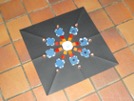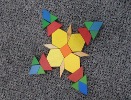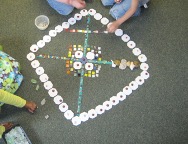Greetings Everyone! Here is the Math Vitamin for the Week.
(Building Blocks, Weeks 17: Patterning, Core Units of Patterns, and Counting)
The Building Blocks curriculum invites children to discover and explore patterns they see in the world. In the classroom, it asks them to recognize, extend and duplicate linear patterns using a variety of materials and templates. Children initially enjoy this work and frequently grasp the concept quickly. Then, they may become bored. Beyond creating more challenging pattern units (such as ABBC, ABBC), we can also introduce them to Radial Patterns.
Radial patterns are particular fun at this time of year, as they duplicate the pattern that we see in snowflakes (and throughout nature – think flowers and seashells)! They also are found in mandalas, mosques, and cathedrals, as well as other spaces designed by humans.
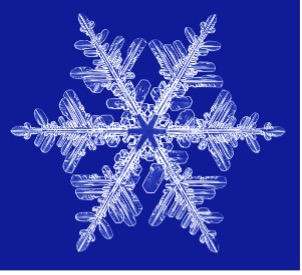
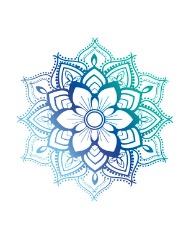
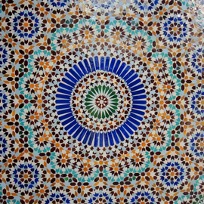

Radial patterns follow a simple set of rules. They:
- Have a center point
- Grow out from the center on radial axes
- There can be any number of axes.
Here are some ideas and strategies for ways to start.
